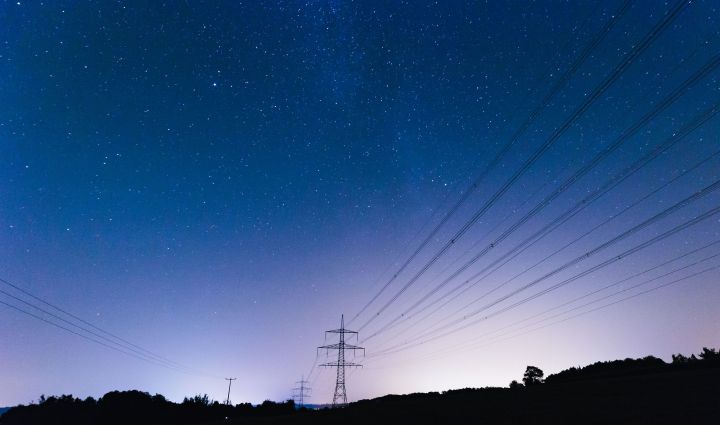
What is it?
The Orionids get their name from the famous constellation known as Orion — the big warrior guy with the belt and sword. However, that doesn’t mean Orion’s stars spawned the meteors… it doesn’t work that way. No, these meteors are actually parts of the enormous tail of Halley’s comet. Earth collides with the remnants of the tail, which go zipping through our atmosphere and burn up in bright streaks as they hit the friction of high-altitude air.
The astronomy fans among you may be wondering, “Wait a minute, isn’t Halley’s comet pretty rare?” It is, with an orbit that takes 76 years, but every time it zooms around the sun its tail leaves a cloud of dust, ice chunks, and other particles. That cloud stays swirling there for many years, which is why Earth can run into it so regularly.
Where can I watch it?

One reason that the Orionid meteor shower is so popular is that it’s very easy to see. Pretty much everyone on Earth can find Orion in the sky – although in the Southern hemisphere he’s usually standing on his head.
However, we’re still talking about stars here, so you will need to find a place that’s dark, free of ambient light, and not too cold to sit down and relax. Camping grounds, hills outside of town, mountain trails, and so on are all popular choices for a meteor shower party. There are also vast light pollution maps that allow you to quickly find places where you won’t be disturbed by light from nearby towns or cities.
Finally, make sure that you check the weather! Cloudy days are big trouble for meteor showers, so wait for those clear autumn nights before you get ready to head out.
What’s the best time to see it?
The meteors start trickling in in early October, but there isn’t much to see for a while. Starting October 20th and lasting for several days, the meteor shower is expected to hit its peak, so there will be a lot of action around those days. However, the shower will last until November 7th if you need some time to search for a day where you can get together with friends and have a night out under the stars.
No, I meant time of night!
Of course: The exact time differs from location to location, but generally you should start looking for meteors after midnight. As the meteor shower goes on, the meteors start to hug closer to the early morning hours, eventually staying out until dawn. For the best conditions, it’s smart to wait until after “moonset” so all that ambient light from the moon isn’t getting in the way.
Speaking of ambient light, remember that your eyes need time to adjust when watching for meteors. That means that you need to turn off any lamps or outdoor lights and—yes—stop looking at your phone. If you need a source of light, make sure it doesn’t shine upward or into your eyes: You don’t want to miss anything.
Read: Pluto has a new neighbor: Latest discover is classified as a dwarf planet
How can I find it in the sky?

 have found Betelgeuse, you need to look in the right direction. There are tables of azimuths that you can study to help pinpoint exactly where to look based on where you live.
have found Betelgeuse, you need to look in the right direction. There are tables of azimuths that you can study to help pinpoint exactly where to look based on where you live.If that sounds boring, don’t sweat it. Just look in the general direction of Orion and wait for meteors. The Orionids will all vaporize around 60 miles above the Earth, so don’t worry about any of them actually making it to the surface.
Is there anything in particular I should look for?
At its peak, this meteor shower can whoosh down around 20 meteors per hour. We know that doesn’t sound like much, but it does last for most of the night. However, if you want to catch as many as possible, then you need to be paying attention.
The Orionid meteors are also known for being extra fast, moving more than 40 miles per second, which is another reason to pay attention. Fortunately, around half of these particular meteors will create what’s known as “persistent trains,” or super sweet gas trails that glow in the air for a couple seconds after the meteor has passed. These are the real treat to wait for. Additionally, look for sharp flashes that indicate a meteor has split apart in the sky—these are the most rare, but also one of the coolest sights.
How can I take cool pictures to show how awesome I am?
With a very good DSLR camera. There’s not really any other choice for truly high-quality meteor pics. Use your best wide-angle lens for capturing more of the sky and your highest lens speed to include the faintest meteors in the pic. Set up a tripod, and program your DSLR for a long interval of shots (time lapse is a bit more hit or miss but can have cool results). If you want to spend several hours taking photos, then be sure to bring extra batteries and a cloth to clean the camera. It’s probably not a good idea to stay out too long, because dew will begin to collect on your lens.





